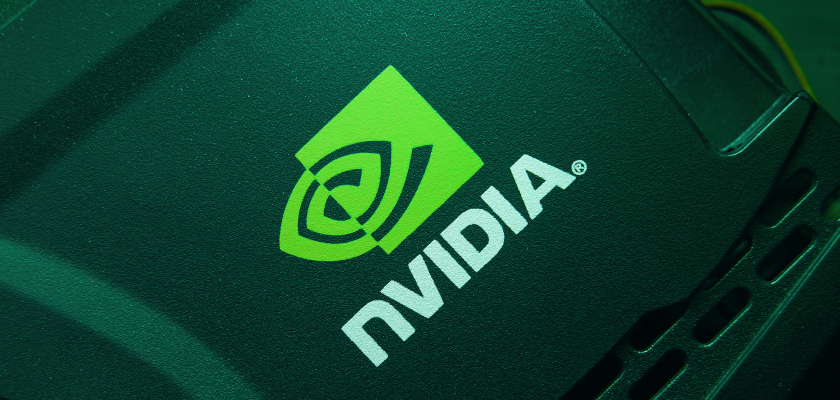The early applications of machine learning and AI have revolutionized the way we harness technological advancements for growth. Machine learning, a subset of AI, focuses on creating computer systems that can learn like humans. This has led to the development of advanced algorithms and subsets of AI, such as computer vision and deep learning.
Deep learning, in particular, has gained popularity and has led to the rise of neural networks that simulate the biological nervous systems. One can create such algorithms using frameworks like TensorFlow, which has captured the attention of professionals in the AI and deep learning community.
TensorFlow is an open-source AI library that utilizes data flow graphs to build models. It allows the creation of large-scale neural networks with multiple layers. It is commonly used for deep learning and machine learning tasks such as perception, classification, discovery, creation, understanding, and prediction.
TensorFlow was initially developed by the Google Brain team for their own research and production purposes. It was released in 2015 and an updated version, TensorFlow 2.0, was released in September 2019. TensorFlow originated from the closed-source DistBelief framework on Google, which was used for experiments with deep learning implementations.
TensorFlow’s architecture revolves around the creation of dataflow graphs. Each node in the graph represents a mathematical operation, and the connections between nodes are tensors. This architecture offers several advantages and has been adopted by big brands for their machine learning applications.
One of the main reasons to use TensorFlow is its flexibility and convenience. It supports the development of various deep learning architectures, including Convolution Neural Networks (CNNs) and Recurrent Neural Networks (RNNs). The graph computation model also allows developers to visualize the structures of neural networks using TensorBoard.
TensorFlow provides many benefits for deep learning, including being an open-source system that supports the development of any type of deep learning use case. It also offers data visualization capabilities for debugging neural networks, scalability for performing any type of operation, and compatibility with multiple programming languages.
Additionally, TensorFlow utilizes Tensor Processing Units (TPUs) in its architecture, which enables faster computations compared to traditional CPUs and GPUs. It also supports parallelism of work models with different distributed strategies.
The use cases of TensorFlow span across various industries, including e-commerce, social networks, and healthcare. Some of the top use cases include text detection and classification, time series algorithms, image recognition, natural language processing, and intelligent chatbots.
In summary, TensorFlow is a powerful deep learning framework with a flexible architecture that supports the development of various machine learning applications. Its popularity and use cases make it a valuable tool for professionals in the AI and deep learning community.
Source link
















![The Ultimate Guide to Google Ads [Examples]](https://blog.hubspot.com/hubfs/adwords-ppc_4.webp#keepProtocol)






